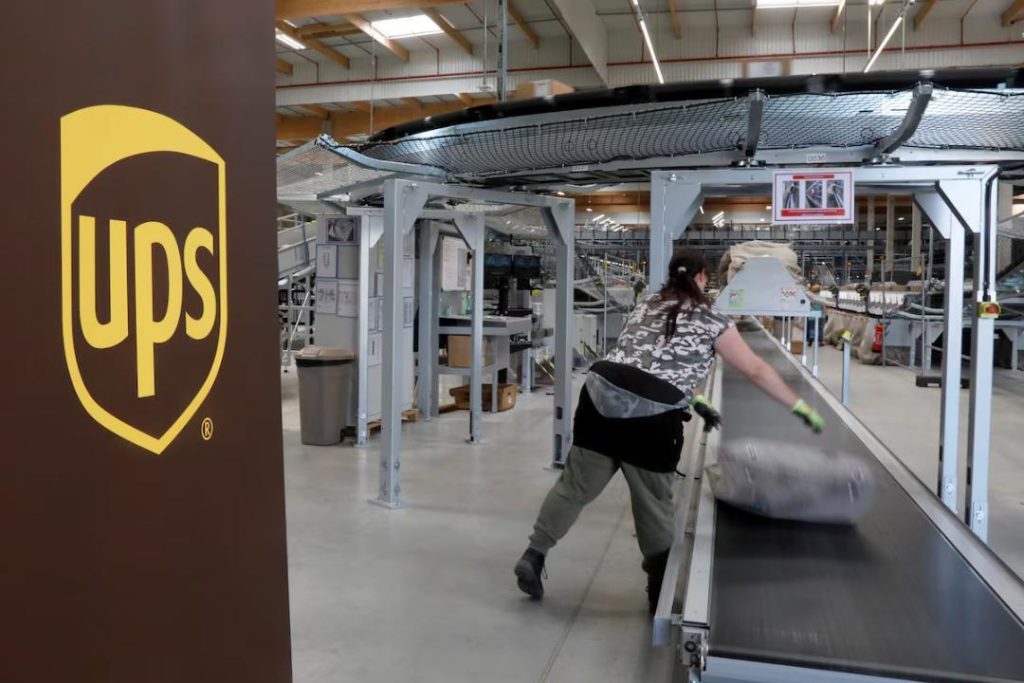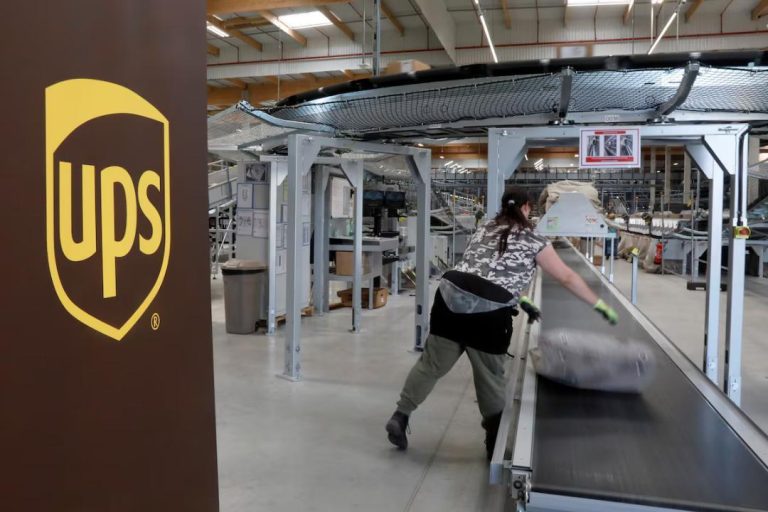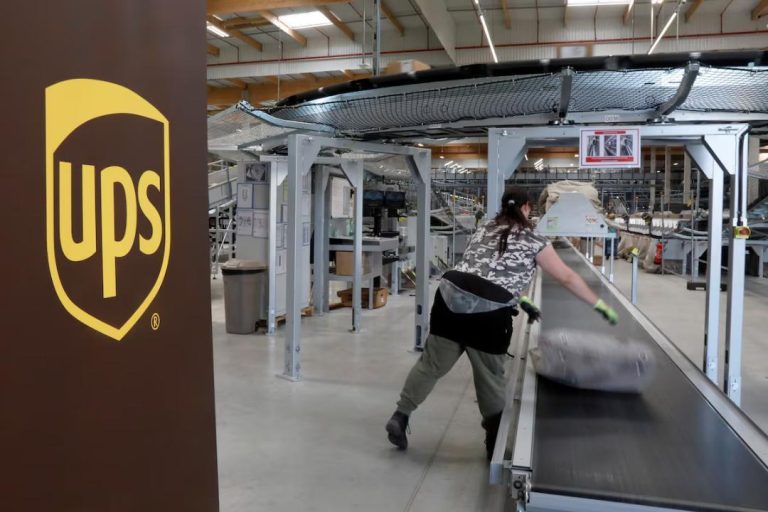
UPS to Cut 20,000 Jobs to Lower Costs & Prepare for Potential Pullback from Amazon
In a move aimed at reducing costs and preparing for a potential pullback from its largest customer, Amazon, United Parcel Service (UPS), the world’s largest package delivery firm, announced on Tuesday that it will cut approximately 20,000 jobs. Additionally, the company will shut down 73 facilities across the United States.
The decision to restructure its operations was made to ensure the company’s long-term success and competitiveness in the market. According to UPS CEO Carol Tome, “The actions we are taking to reconfigure our network and reduce cost across our business could not be timelier.” The job cuts and facility closures are expected to result in significant cost savings, which will be used to invest in the company’s future growth and development.
The decision to cut jobs and close facilities is a strategic move by UPS to adapt to the changing market and customer needs. The company is facing increasing pressure from Amazon, which has been expanding its logistics and delivery capabilities in recent years. Amazon’s growing dominance in the e-commerce market has led to concerns that the company may reduce its reliance on UPS and other third-party logistics providers.
In recent years, Amazon has been investing heavily in its logistics and delivery capabilities, with a focus on providing fast and reliable shipping options to its customers. The company has established its own delivery network, Amazon Logistics, which has allowed it to reduce its reliance on third-party providers like UPS.
The job cuts and facility closures are a response to the changing market dynamics and the need for UPS to adapt to the new reality. The company is shifting its focus towards more efficient and cost-effective operations, with a focus on technology and automation.
“We are taking a proactive approach to address the changing market dynamics and to ensure our long-term success,” said Tome. “By reducing costs and streamlining our operations, we will be better positioned to invest in our future growth and development.”
The job cuts will affect various roles across the company, including management, administrative, and operational positions. The affected employees will receive severance packages, including outplacement assistance and career transition services.
The facility closures will also impact various locations across the United States, including distribution centers, sortation facilities, and package delivery hubs. The company will be providing support to employees affected by the facility closures, including relocation assistance and job placement services.
The decision to cut jobs and close facilities is part of UPS’s broader strategy to reduce costs and increase efficiency. The company has been investing in technology and automation to improve its operations and reduce labor costs. The company has also been expanding its use of artificial intelligence and machine learning to optimize its delivery routes and improve customer service.
In addition to the job cuts and facility closures, UPS is also implementing cost-saving measures such as reducing its energy consumption and implementing more efficient packaging materials. The company is also exploring new revenue streams, such as offering logistics and supply chain management services to its customers.
The decision to cut jobs and close facilities has been met with mixed reactions from employees and customers. While some have expressed concerns about the impact on the company’s operations and customer service, others have praised the move as a necessary step towards ensuring the company’s long-term success.
In conclusion, UPS’s decision to cut 20,000 jobs and shut down 73 facilities is a strategic move aimed at reducing costs and preparing for a potential pullback from its largest customer, Amazon. The company is adapting to the changing market dynamics and shifting its focus towards more efficient and cost-effective operations. While the decision may cause short-term disruption, it is a necessary step towards ensuring the company’s long-term success and competitiveness in the market.





